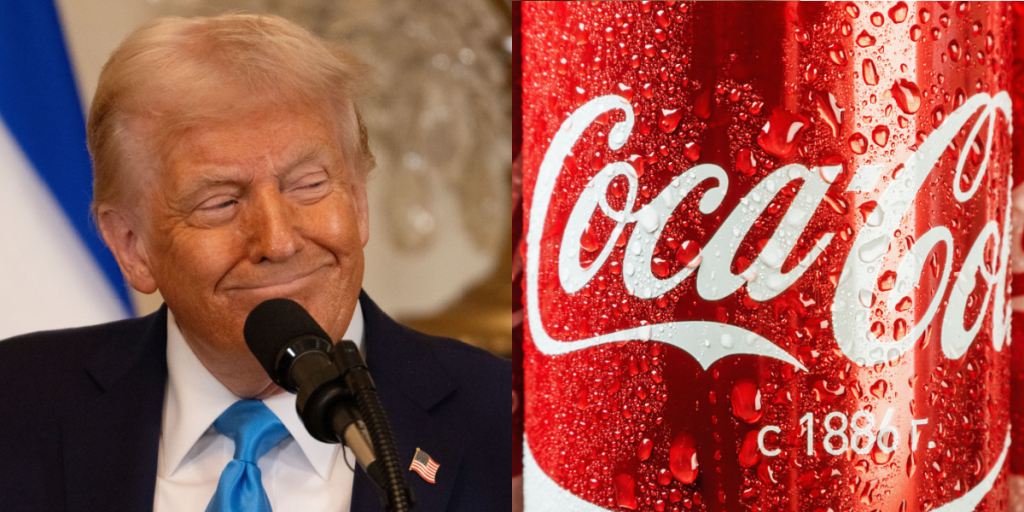The announcement comes as Health and Human Services Secretary Robert F. Kennedy Jr. intensifies his campaign against high-fructose corn syrup.
Others are reading now
This fall, Coca-Cola will debut a new version of its classic soda sweetened with cane sugar rather than high-fructose corn syrup. The move follows President Donald Trump’s public push for “REAL Cane Sugar in Coke,” which the company had previously declined to confirm. The new recipe will sit alongside, not replace, the original formula.
A Push from the “Make America Healthy Again” Movement
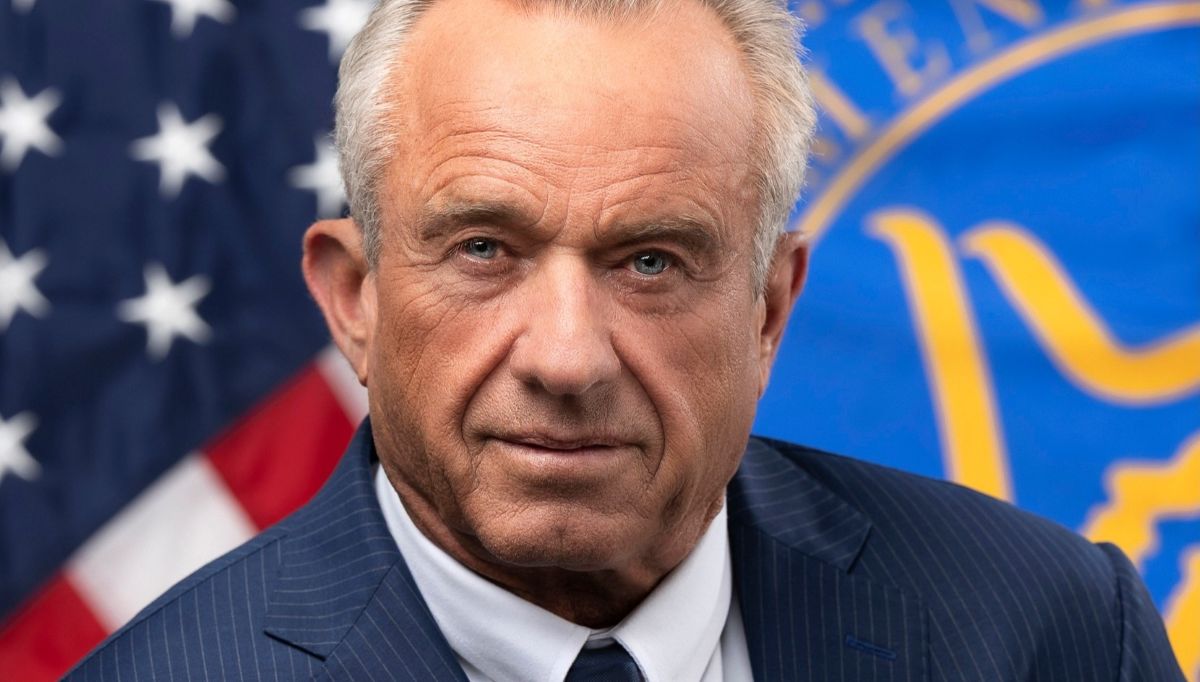
The announcement comes as Health and Human Services Secretary Robert F. Kennedy Jr. intensifies his campaign against high-fructose corn syrup.
Kennedy has called the sweetener a “formula for making you obese and diabetic” and has been lobbying to remove it, along with artificial dyes and seed oils, from popular foods and drinks.
Experts Say: Sugar is Sugar

While cane sugar may sound like a healthier choice, nutrition experts stress that swapping one sweetener for another doesn’t make soda healthy. “Liquid sugar, no matter the source, provides empty calories and no nutritional benefit,” says Eva Greenthal of the Center for Science in the Public Interest. The real health move? Reducing sugar overall.
Soda and Health: Bigger Changes Needed
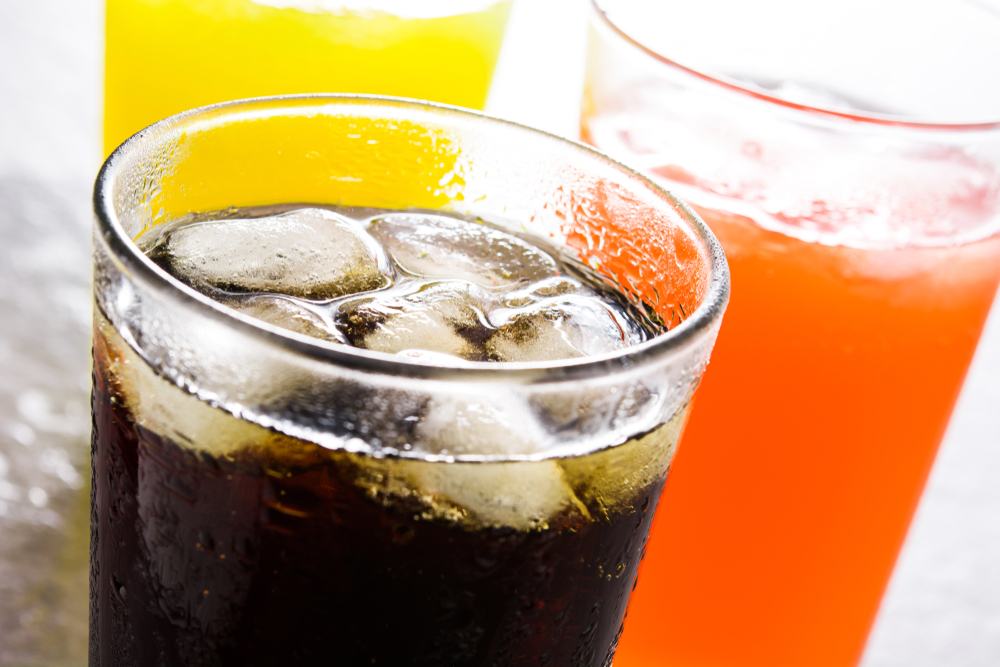
Public health advocates argue that lowering sugar content not just changing its source should be the priority.
Also read
Harvard nutrition expert Dr. Walter Willett suggests stronger measures such as warning labels, limiting soda sales in schools, and taxing sugary drinks to fund children’s nutrition programs.
Corn Refiners Push Back
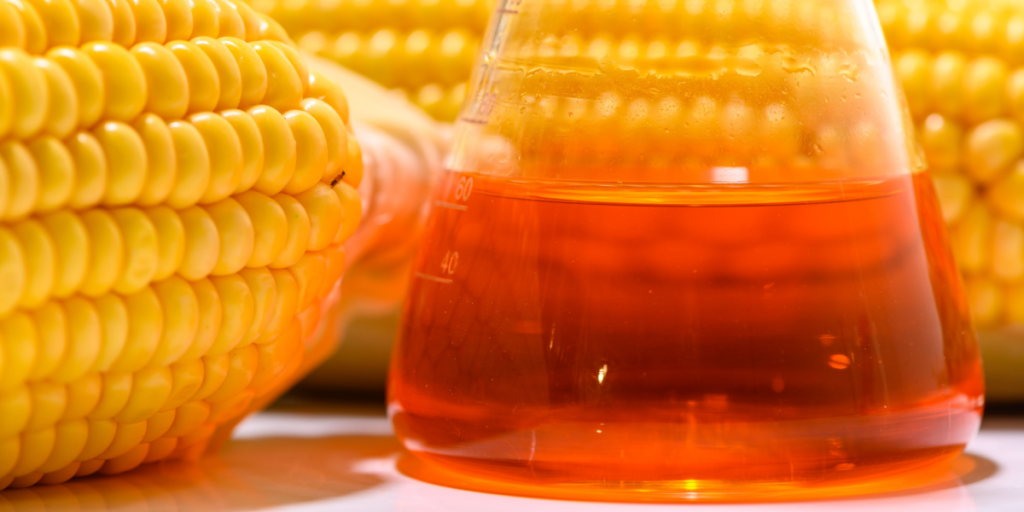
The corn refining industry isn’t pleased. John Bode, head of the Corn Refiners Association, says the switch would cost U.S. food manufacturing jobs, hurt corn farmers, increase sugar imports, and offer no nutritional benefit. They argue that high-fructose corn syrup and cane sugar are essentially the same in terms of calories and health impact.
The Science of Sweetness: Cane Sugar vs. HFCS

Cane sugar comes from sugarcane and contains equal parts glucose and fructose. High-fructose corn syrup starts as corn starch, which is processed to convert some glucose into fructose.
The version used in sodas typically contains about 55% fructose, with the rest being glucose and water. Coca-Cola began using HFCS in the early 1980s to cut costs.
Health Research: Subtle but Important Differences

While many studies suggest the body treats cane sugar and HFCS similarly, some research indicates HFCS may have stronger links to weight gain, abnormal cholesterol, fatty liver, and inflammation.
Also read
There’s also evidence connecting HFCS to insulin resistance, which raises the risk of type 2 diabetes.
A Corn-Heavy Supply Chain

Most U.S. corn is genetically modified, and nearly half is treated with glyphosate, a herbicide linked to cancer.
While GMO corn is considered safe to eat and doesn’t leave genetic material in HFCS, health experts note that herbicide concerns pale in comparison to the broader dangers of excess sugar consumption.
How Much Sugar is Too Much?
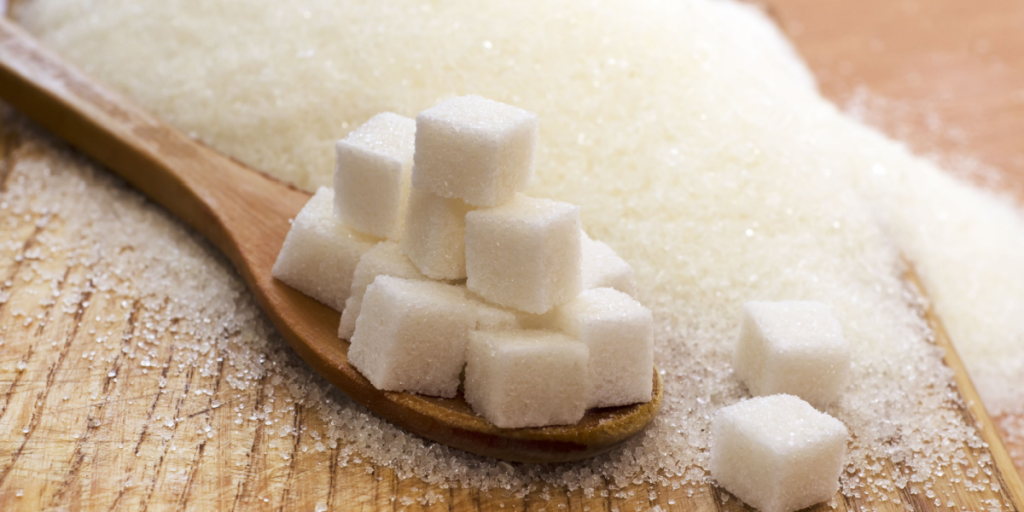
The World Health Organization recommends limiting added sugar to less than 25 grams (about six teaspoons) per day.
A single 12-ounce can of Coca-Cola contains nearly twice that amount. Cutting back, whether it’s cane sugar or HFCS, remains one of the simplest ways to lower risks for obesity, diabetes, and heart disease.
Also read
Smarter Swaps for Soda Lovers
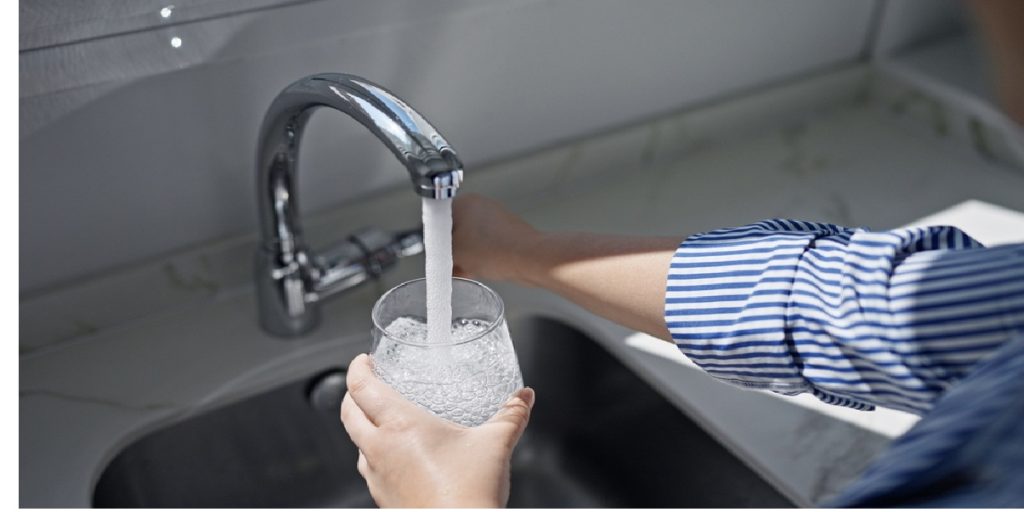
If you’re looking to quit or reduce soda, experts suggest alternatives like sparkling water with citrus and ginger, or unsweetened kombucha.
The goal isn’t just switching sweeteners, it’s building a habit of choosing drinks with little to no added sugar.

